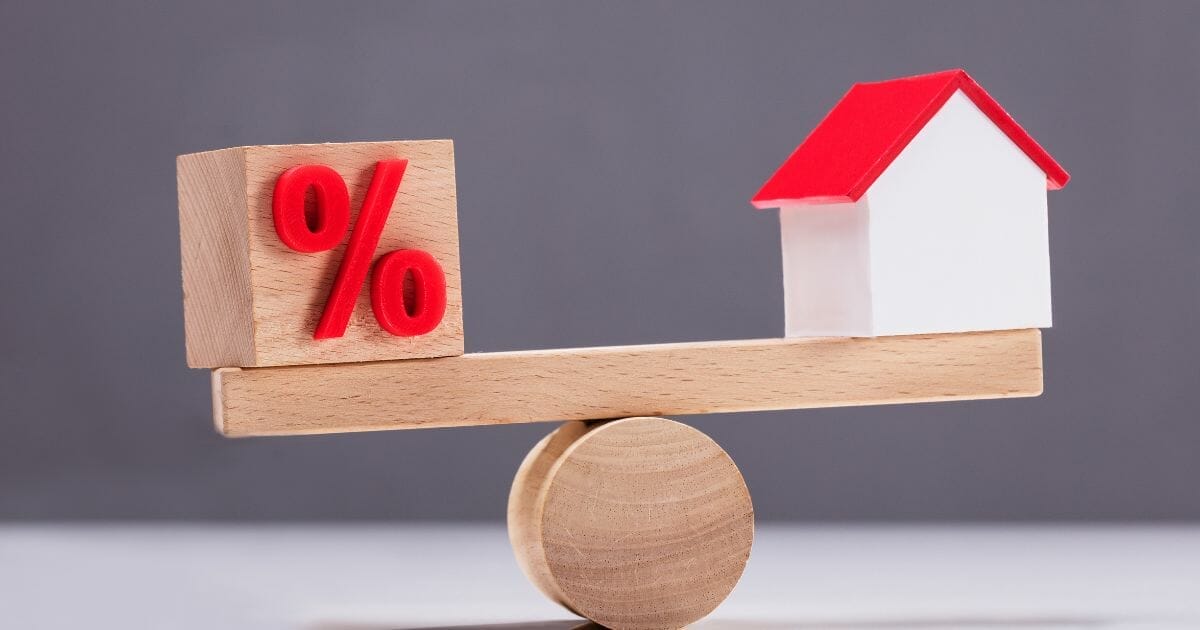Mortgage Rates Are Rising. Here’s the Silver Lining
– and Ways to Keep Your Budget in Check
Remember the good old days when home mortgage rates were below 3%? In fact, they had been historically low for well over a decade, hovering between 2.5 to 3.5%. Today, we are witnessing rates that are on a continued climb due to a number of factors, not least of which are aggressive Federal Reserve rate hikes. In fact, a 30-year fixed mortgage today is likely to have a rate of over 6.5%.
There is a silver lining. The heated bidding wars have slowed to a trickle and home prices appear to have plateaued. And there are several ways to keep your interest rate as low as possible.

The first is to improve your credit score. We can’t emphasize this enough. Your credit score is the single most important factor in determining your mortgage rate. As a prospective home buyer, you do not want to go into the application process without knowing yours. According to NerdWallet, a difference of just 100 points could either cost or save you thousands of dollars over the life of the loan.
To qualify for a lower interest rate (the one you see published), lenders look for a credit score of at least 700. The higher your score, the better. To learn more about your own credit history, start with obtaining your free yearly credit report through annualcreditreport.com (be wary of other sites that promise a “free” report). As a start, look for any errors such as credit that should not be tied to you or payments that are mistakenly marked late. You can request that those be corrected for an immediate credit boost. For more specific financial strategies you can take to improve your credit score, see our blog on the topic.
A second strategy is to maximize your down payment. More money down not only means a lower loan amount, lower total interest, and lower monthly payments for you, but it also gives the lender greater security in the investment as well as assurance about your ability to pay the mortgage. A higher down payment often translates to a lower interest rate as well.
Third, consider alternatives to a fixed rate mortgage. With rising mortgage rates, adjustable rate mortgages (ARMs) are coming back. It’s clear why, as an ARM can shave over a percentage point off your rate. Depending on how long you expect to live in a home, an ARM can keep your costs lower for as long as ten years before being subject to a possible increase. You’ll also have the opportunity to refinance to a fixed rate mortgage if rates go lower. As an example, a 5/5 ARM keeps the initial mortgage rate in place for five years, then can adjust every five years thereafter for the remaining life of the mortgage. ARM terms also typically include a maximum for each rate increase as well as a maximum interest rate cap for the loan. You’ll definitely want to read the fine print if you’re considering this option.
Once you’ve secured your loan and purchased your home, you can still cut your costs by applying additional principal payments through a number of methods including rounding up your payment or dividing it into two equal monthly payments. You’ll be surprised at how much you could potentially save in overall costs of the loan and payoff time. Again, it’s important to understand the exact terms of your loan and coordinate how to manage any extra payments with your lender.
We don’t know when mortgage rates may fall again but consider this. At their peak in the 1980s, mortgage interest rates topped 16%, but steadily fell through the late 80s and 90s, giving homeowners the opportunity to refinance and reap substantial savings. History is on your side.
We’ve got more tips before buying a home here. Investing in a home is for the long term and your current mortgage doesn’t need to be. Don’t let higher rates today keep you from owning the home you love. Planning now to strengthen your financial picture and smartly manage mortgage costs will give you the confidence to act when you do find that perfect home.